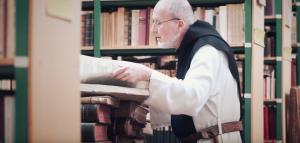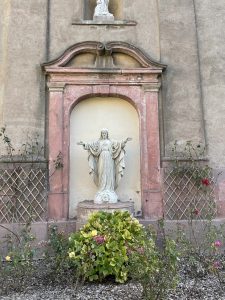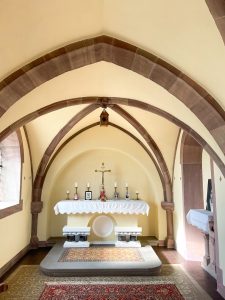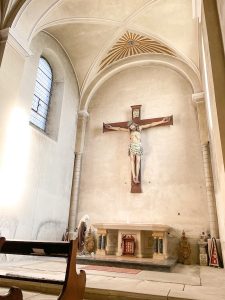The Cistercian Trappist Order
AND the Rule of St. Benedict
The Cistercian Order of Strict Observance (also known as “Trappist”) is a contemplative religious order of the Roman Catholic Church composed of monasteries of monks and monasteries of nuns. We are part of the great Cistercian Family whose origins date back to 1098. As Cistercians, we live according to the Rule of St. Benedict, and thus we are also part of the Benedictine Family. Our lives are dedicated to seeking union with God, through Jesus Christ, in a community of brothers or sisters.
The Rule of St Benedict is a monastic rule written by Benedict of Nursia to provide a framework for the cenobitic life of his followers. Written perhaps between 530 and 561, it establishes a way of monastic life (organisation of the liturgy, work, meals and relaxation, among other things) that comes from his experience as abbot at Subiaco and then at Monte Cassino. What characterises it most is its discretion, that is to say, its balance, its flexibility, its concern not to place too heavy a burden on the disciples.
Around 529, Benedict founded a community of monks on Mount Cassin in Italy. Over the following centuries, the Rule he wrote for his monks was gradually adopted by a growing number of monasteries in the West. In addition to its great religious influence, it was of great importance in the formation of medieval society, thanks to the ideas it proposed: a written constitution, the control of authority by law and the election of the holder of this authority, Benedict having wanted the abbot to be chosen by his brothers. Today, several thousand monks and nuns around the world live according to the rule of St Benedict.
Click here to discover the Rule of St. Benedict







